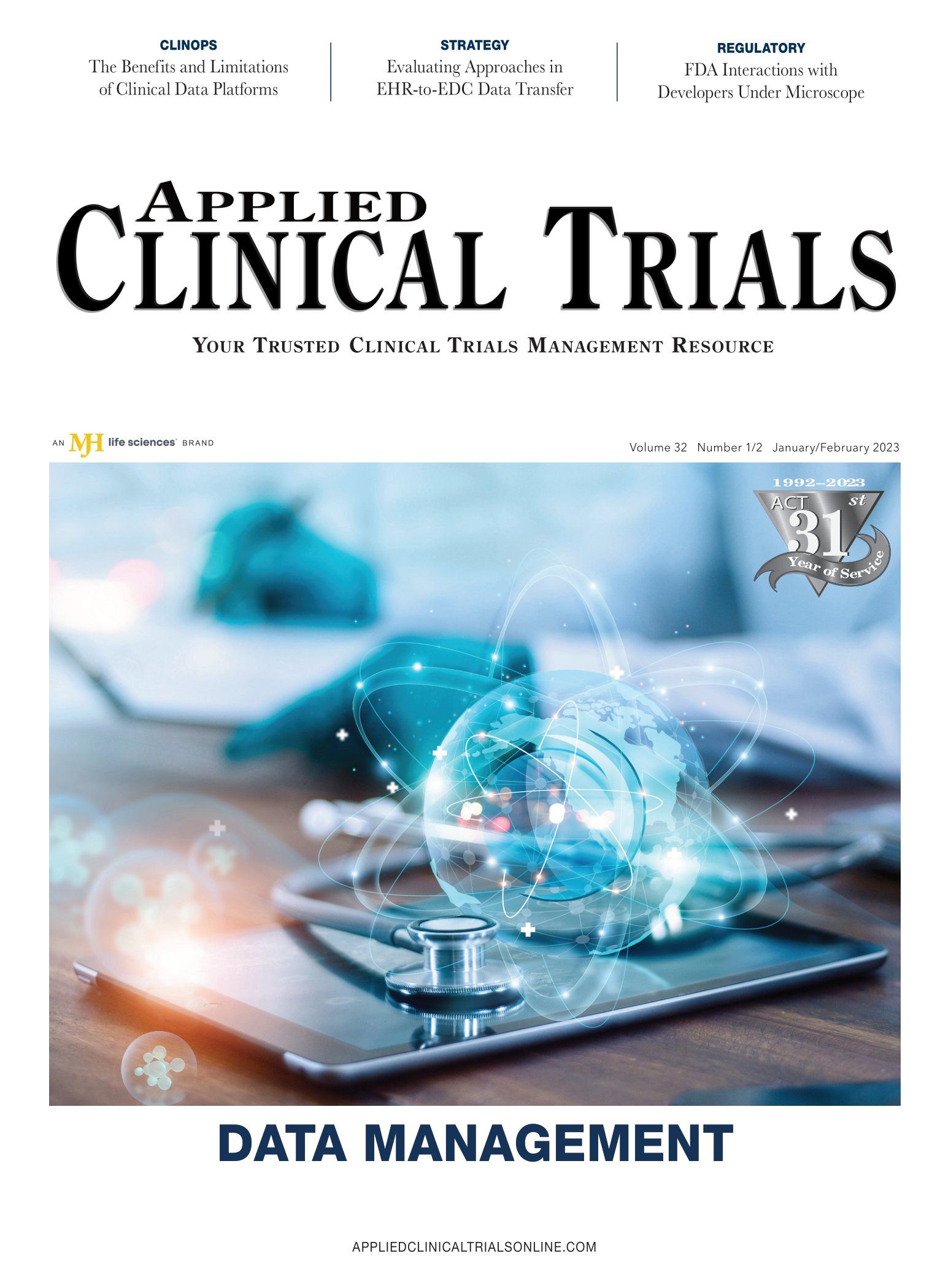The Role of Transferable Skills and Data Science in the Move to Digitally-Enabled Clinical Research
Simultaneous and niche skills sought amid evolution in clinical data management.

Clinical research is evolving rapidly, with the digitalization of trials creating a new modus operandi and a tsunami of new opportunities for critical thinkers with an eye for data quality.
According to the job’s website Recruiter, clinical data management vacancies have increased by almost 94% since 2019.1 Such a surge in demand means organizations are struggling to find the data scientists they need to usher in the new era. Speakers at a recent Society for Clinical Data Management (SCDM) leadership conference, for example, said they were facing huge challenges and were increasingly looking to recruit from other data-driven sectors to secure the requisite skills to build clinical research 2.0.
We know the reason for these huge challenges: decentralized clinical trials (DCTs) have enabled wearables and allowed for at-home and patient-reported clinical data collection. Artificial intelligence (AI), including machine learning (ML) and natural language processing (NLP), is allowing for the more intelligent analysis of trial data. Risk-based approaches, which focus on quality-by-design and critical-to-quality factors, are now mandated by International Council for Harmonization (ICH) regulations, and clinical research 2.0, with its master protocols, adaptive designs, and synthetic arms, are changing the way trials are built, structured, and reported.
Yet while the technologies driving change are well established and readily available, the same cannot be said for the people needed to utilize them. And with the industry undergoing a seismic shift, organizations big and small are all looking for the same skills simultaneously, making for a hugely competitive job market.
CDM to CDS
The transformation of clinical research, the SCDM has said, is driving an “evolution” in clinical data management (CDM), which has, until now, primarily focused on dataflows and data integrity. In this new paradigm, the CDM remit is broadening to become clinical data science (CDS).
CDS, the body argues in a position paper aimed at helping the industry make the transition, encompasses the processes, domain expertise, technologies, data analytics, and good clinical data management practices that are “essential to prompt decision-making throughout the life cycle of clinical research.” It is a “strategic discipline” that enables the execution of complex protocol designs in a patient-centric, data-driven, risk-based framework while protecting both participant safety and the reliability and credibility of trial results.2
There is no denying that these are niche skills needed for roles that, until recently, may not have even existed. It makes recruiting, training, and retaining data scientists one of the biggest challenges facing the clinical research sector today.
New approaches, new roles
Centralized statistical monitoring, which streamlines drug development by allowing for the near real-time analysis of data as it accumulates, is the perfect example of how the changing research paradigm is creating new roles.
The approach replaces retrospective 100% source data verification (SDV), which is inefficient, prone to human error, and unfeasible in light of the increases in data sources, types, and volume. It works on the assumption that data generated at each site should be roughly similar. Datasets are compared to identify site-, country-, or patient-level “outliers” or anomalies and mark them for further investigation. This alerts sponsors to potential issues, enabling them to take early corrective action, optimizing development pathways, and shortening time to market access.
It has also given rise to a whole new role—that of the clinical data analyst. These individuals lead on system setup, which includes data consolidation, and then, throughout the trial lifecycle, apply statistical algorithms to the collected data to identify atypical data patterns.
They describe the pattern or patterns in “risk signals” before presenting them to the sponsor’s study team and supporting them in deciding the next steps.
This relatively new role, which tends to see analysts working in pairs alongside in-sponsor or contract reasearch organization (CRO) study teams, can be incredibly rewarding.
Multiple CluePoints clinical data analysts, for example, worked with Pfizer’s COVID-19 vaccine trial team, helping to accelerate the development of the product, which ultimately ushered in the beginning of the end of the pandemic crisis.
The safety and efficacy of the BNT162b2 mRNA COVID-19 vaccine was a highly complex study, including more than 43,000 people from across 150 global sites. It recruited at a rate of 5,000 people a week, combined Phases I, II, and III, and generated an extraordinarily high volume of data. The team supported Pfizer’s in-house analysts in performing daily analyses to ensure risk signals were identified, investigated, and mitigated in near-real time.
They also developed a suite of data visualizations to communicate potential risk areas, allowing Pfizer to increase efficiencies so that it submitted drug applications in record time—just 266 days after the World Health Organization’s pandemic declaration.3
Skills matrix
With so many new data roles opening up in life sciences, the sector has started to look outside of the industry to fulfill its needs. And with the opportunity to play a part in developing the drugs that will change people’s lives for the better, there is no shortage of willing converts.
To enter the realm of clinical data analytics, for example, candidates need two main strings to their bow: technical aptitude and critical thinking. SAS programming, data management, and data manipulation skills are required for the data harmonization and system setup part of the role. Still, people also need an analytical mind to review the data, writing skills to describe the signals, and good communication skills to present the signal and work with the study teams to respond to them.
As clinical research continues to evolve, the demand for skills in areas including data science and analytics will continue to grow.
Filling those vacancies could prove a stumbling block to progression. Yet it’s important to note that people working in other data-driven sectors, from finance to social media, have hugely valuable and infinitely transferable skills.
And many are ready and willing to make the jump if it means having the opportunity to help develop safe, effective medicines that could change people’s lives for the better.
Marthe Masschelein, VP, data services, CluePoints
References
- Career Outlook for Clinical Data Managers. Recruiter.com, https://www.recruiter.com/careers/clinical-data-managers/outlook/
- New Position Paper: How to Create a Clinical Data Science Organization. Society for Clinical Data
Management (2022). https://scdm.org/clinical-data-science/ - How CluePoints Enabled Pfizer’s ‘Hyperspeed’ Vaccine. CluePoints, https://pubs.acs.org/doi/full/10.1021/acsguide.40303
